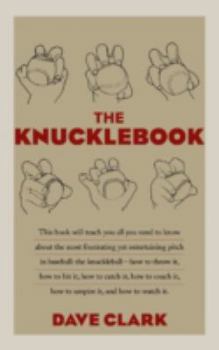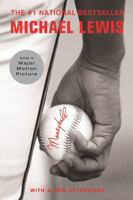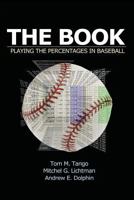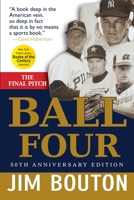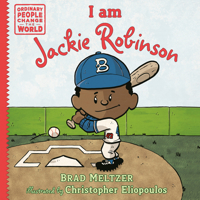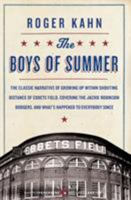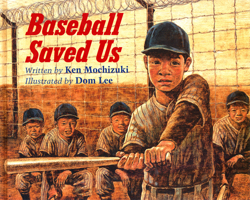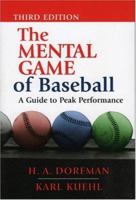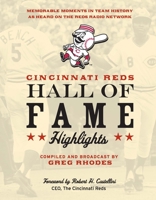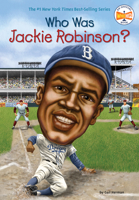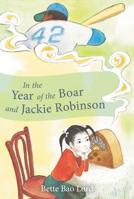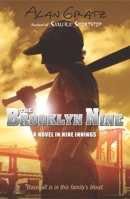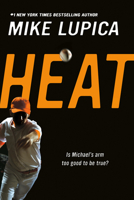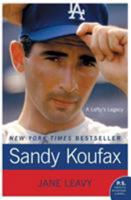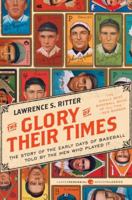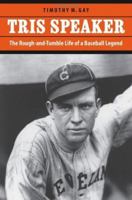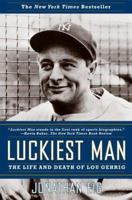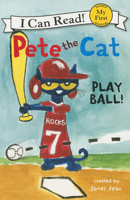The Knucklebook
Select Format
Select Condition 
You Might Also Enjoy
Book Overview
This little book will teach you all you need to know about the most frustrating yet entertaining pitch in baseball: the knuckleball. It makes batters look foolish when it works; it embarrasses pitchers when it doesn't...or if it works too well. It humiliates catchers and umpires. It confounds spectators. Dave Clark has spent most of a lifetime studying the knuckleball, talking to the major league pitchers who have thrown it, and throwing a few of his own. His book explains the strange workings of the pitch and how it's used, no matter what your interest--whether you're a pitcher, batter, catcher, umpire, coach, spectator, or parent of any of the above. Everything Mr. Clark demonstrates in The Knucklebook is carefully illustrated with line drawings, so if you're an average high school pitcher who can throw strikes, you'll be able to throw a knuckleball exactly like a legendary Hall of Famer. You'll find appropriate and hilarious comments from those who have experienced the game of baseball as it's been affected by the wandering floater. Like those who throw the knuckler, all this information was scattered to far-flung corners of the baseball world until Mr. Clark gathered and compiled it. Reading his little book, you'll end up less mystified and more enlightened about this antic pitch. Or, like the pitch itself, you can just ride the breezes and enjoy the dancing flight from beginning to end. With 51 black-and-white line drawings. This description may be from another edition of this product.
Format:Hardcover
Language:English
ISBN:1566636612
ISBN13:9781566636612
Release Date:February 2006
Publisher:Ivan R. Dee Publisher
Length:128 Pages
Weight:0.56 lbs.
Dimensions:0.7" x 5.3" x 8.2"
Customer Reviews
4 customer ratings | 4 reviews
There are currently no reviews. Be the first to review this work.









